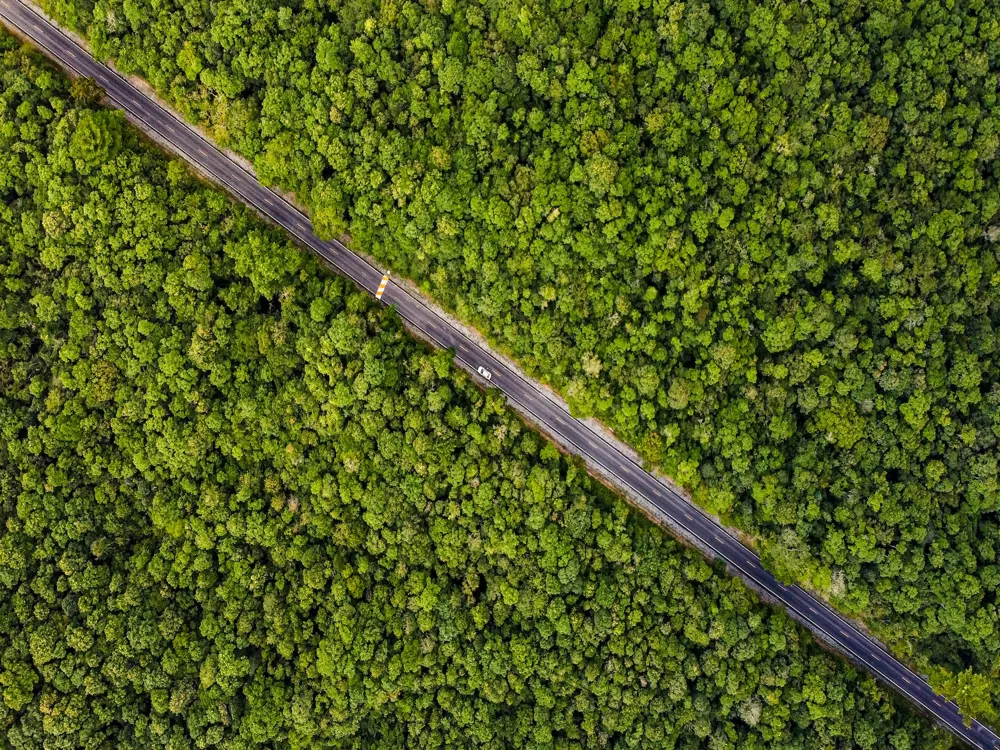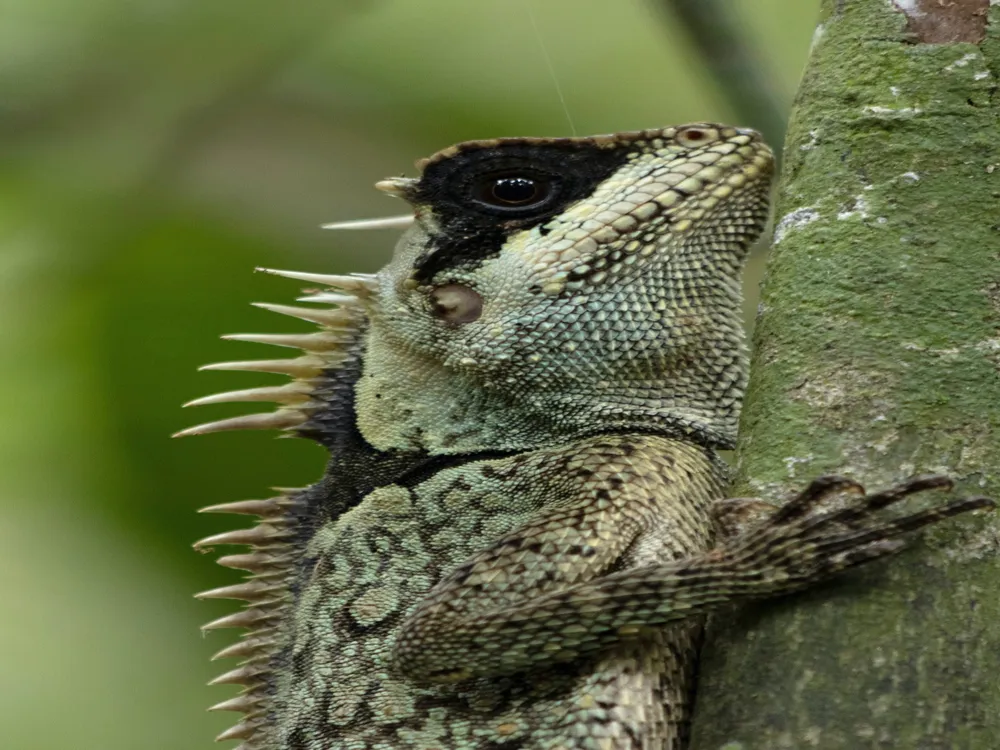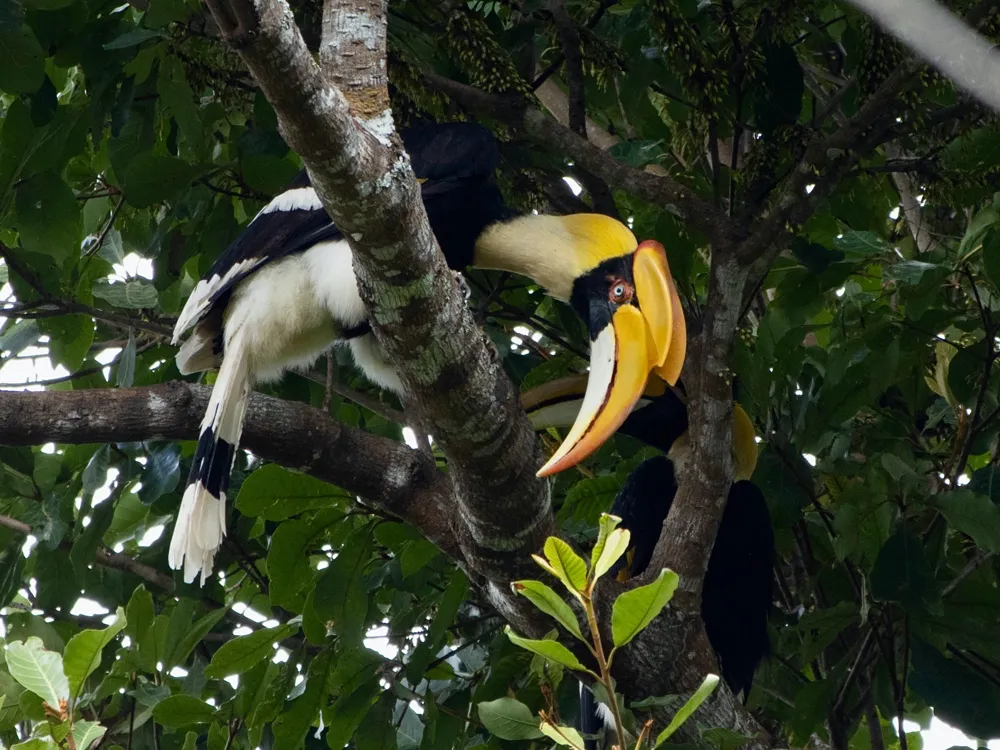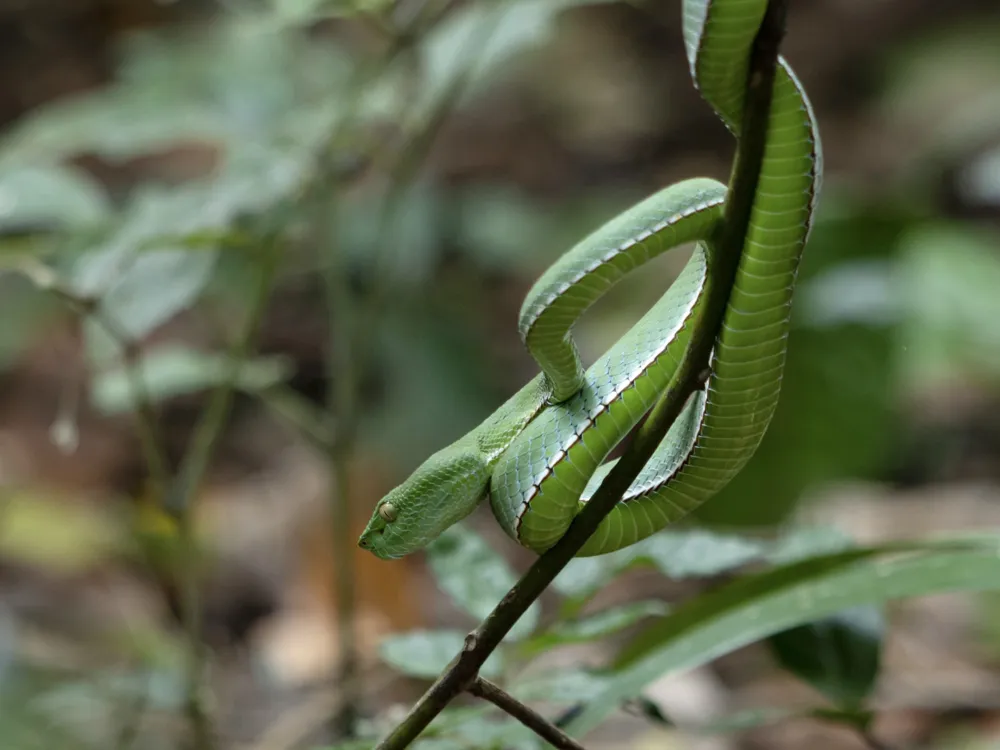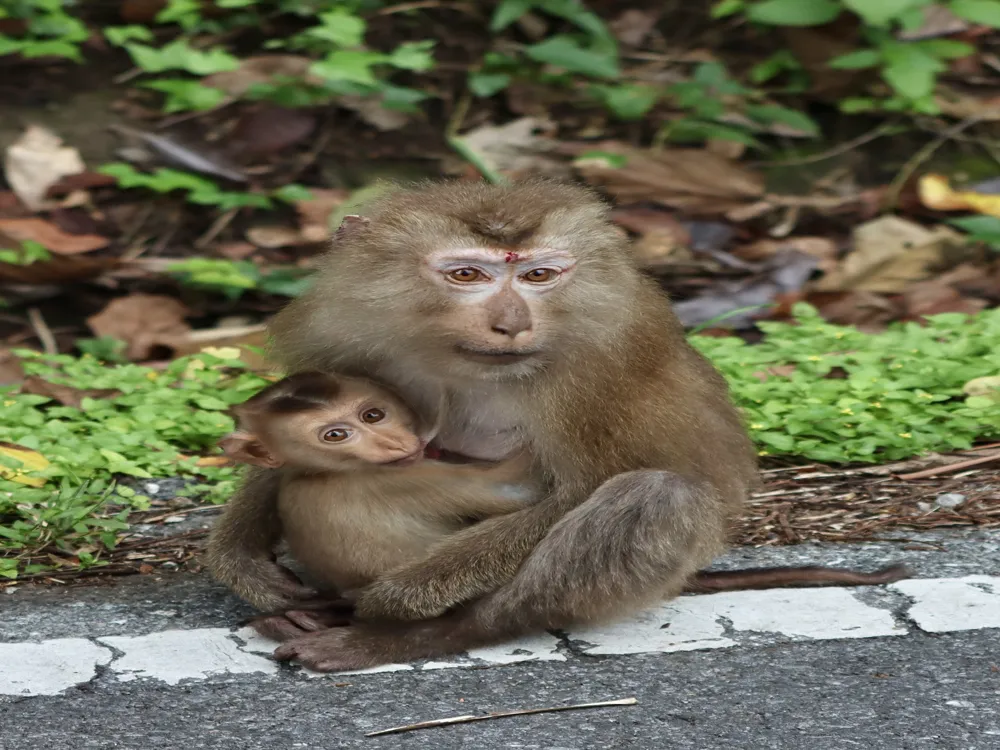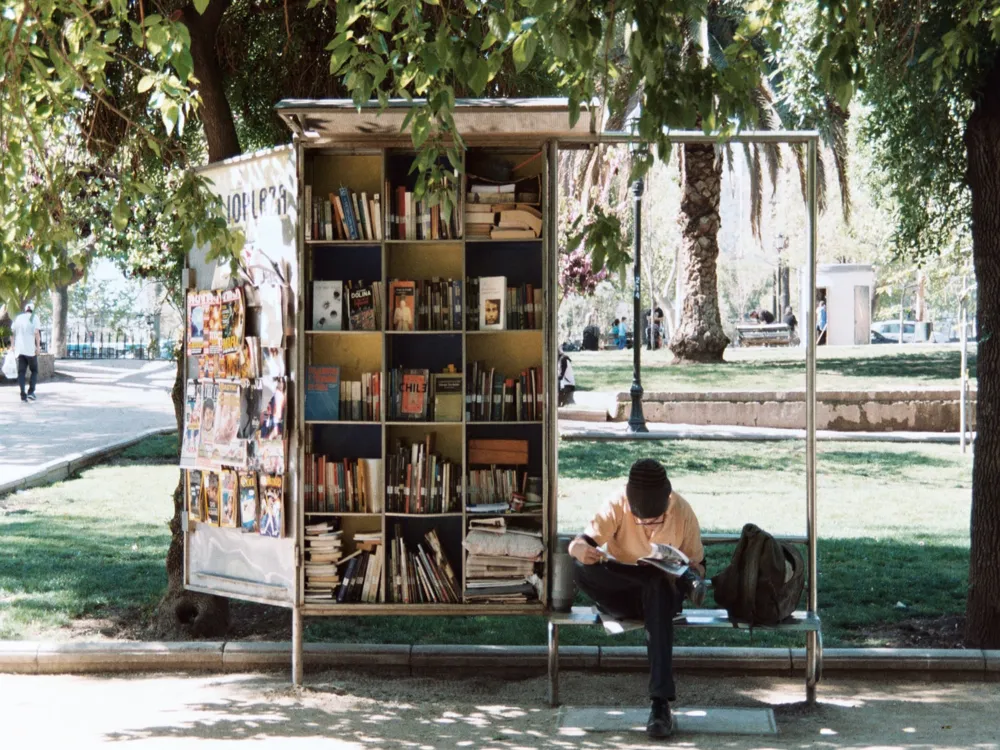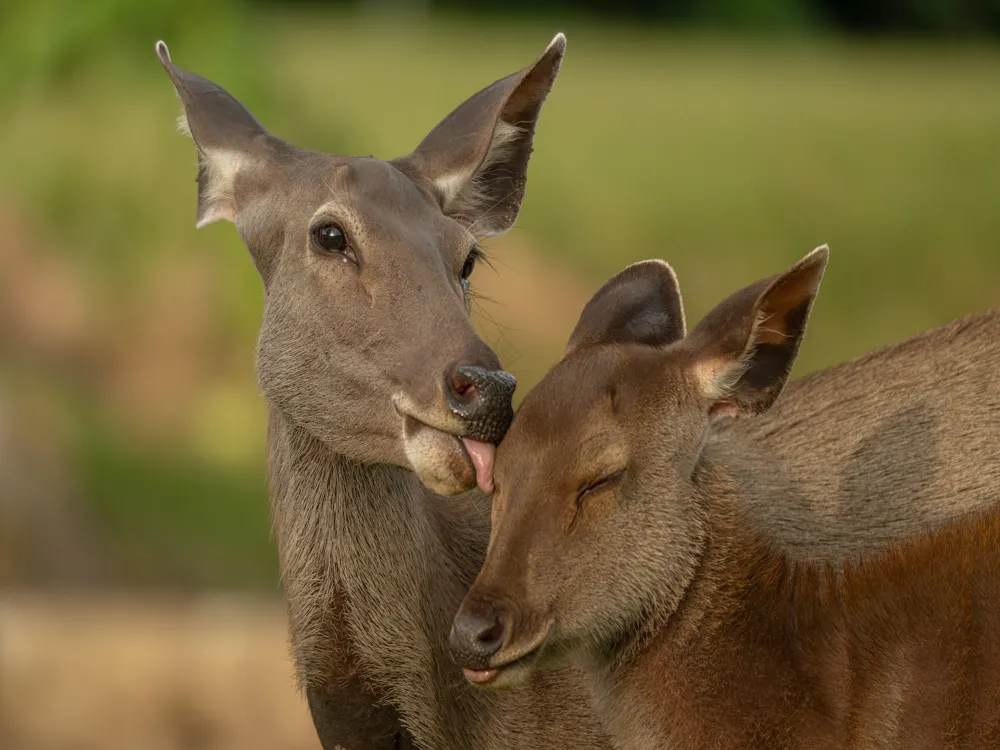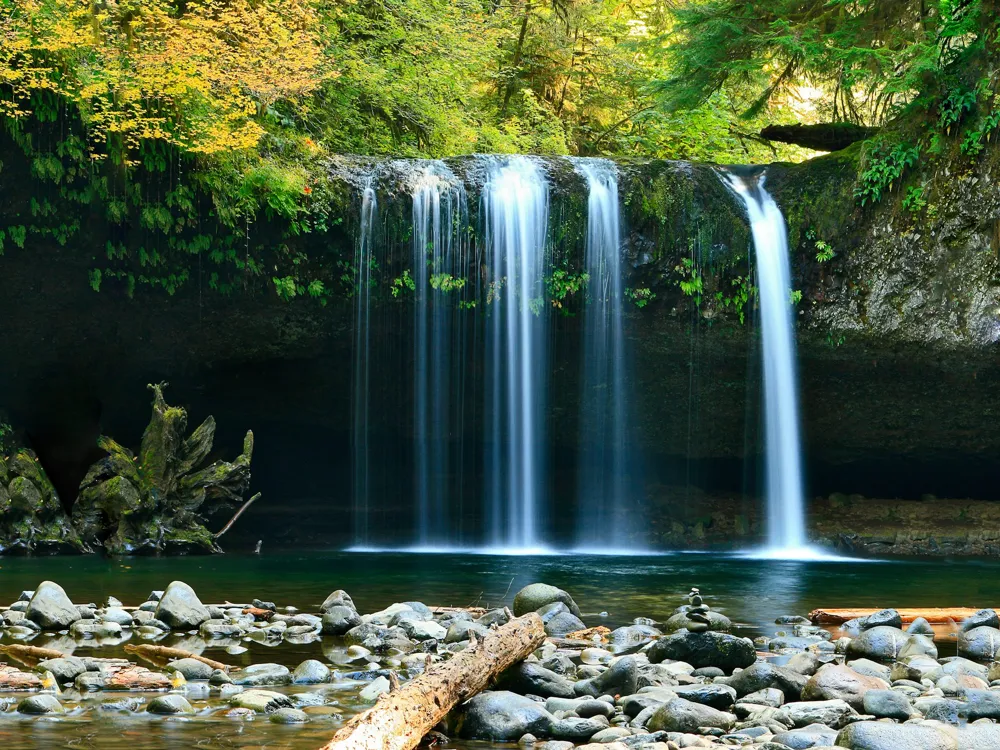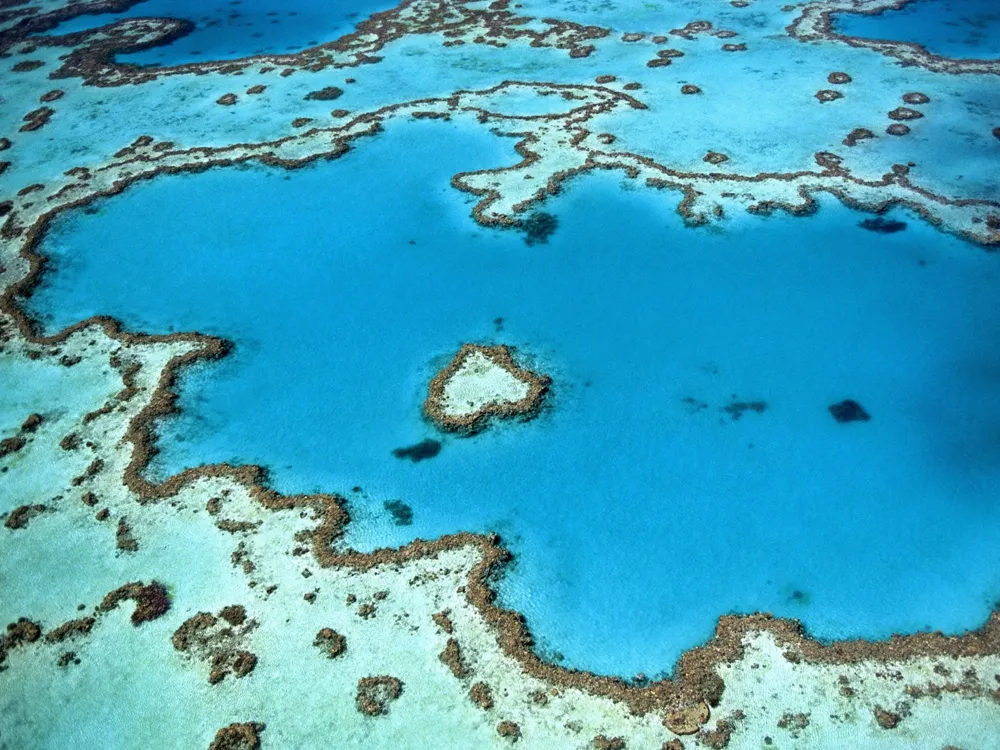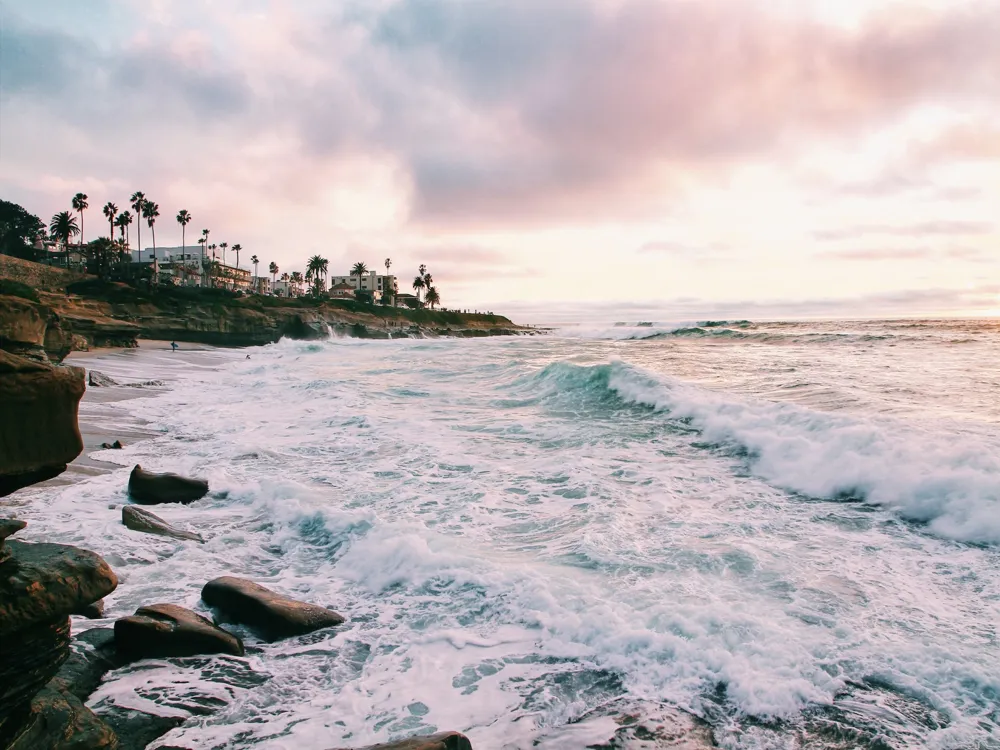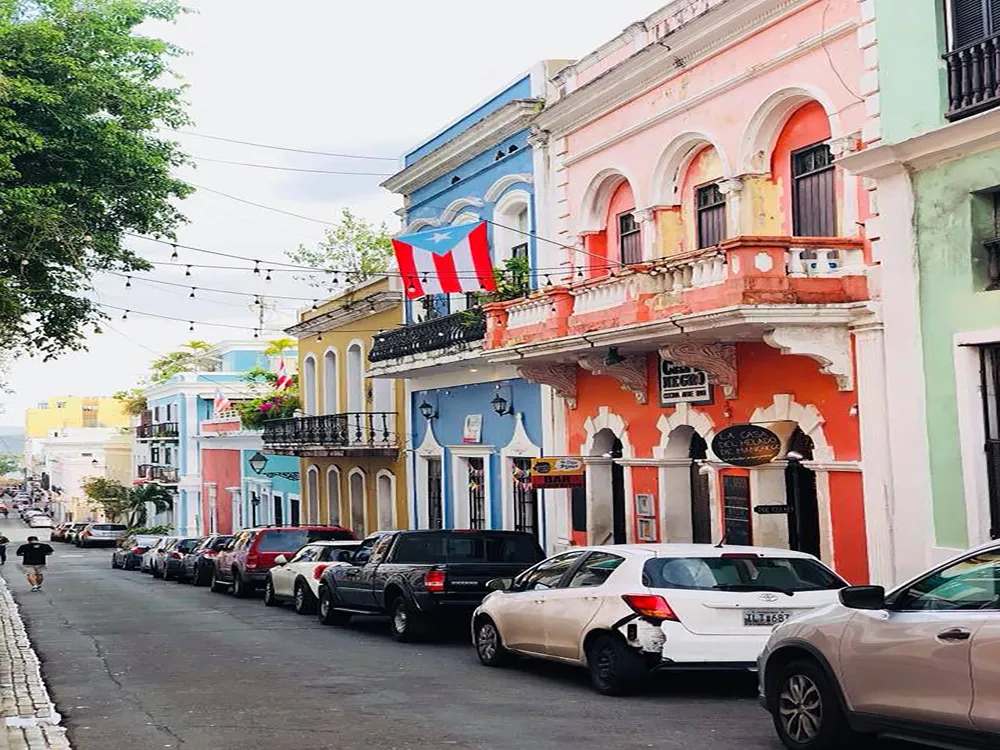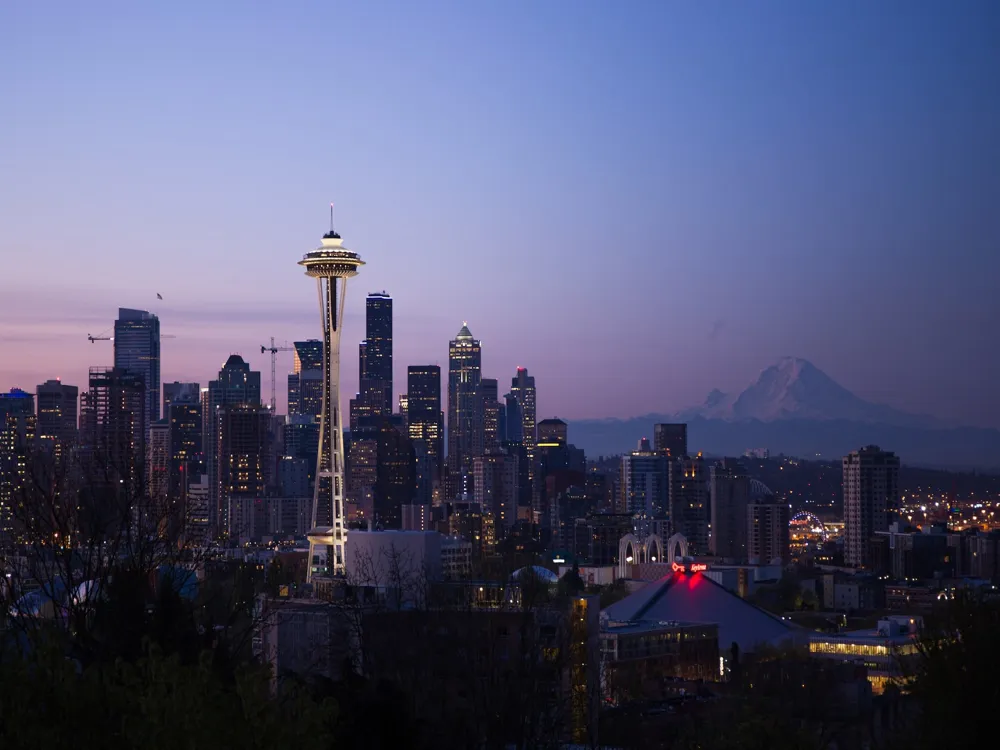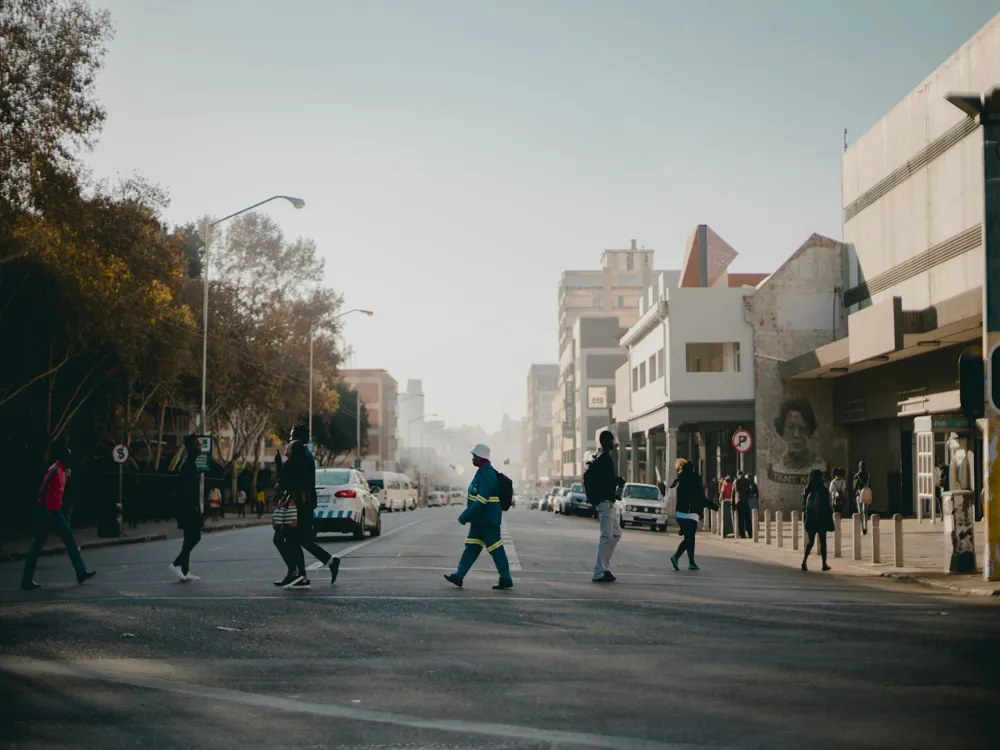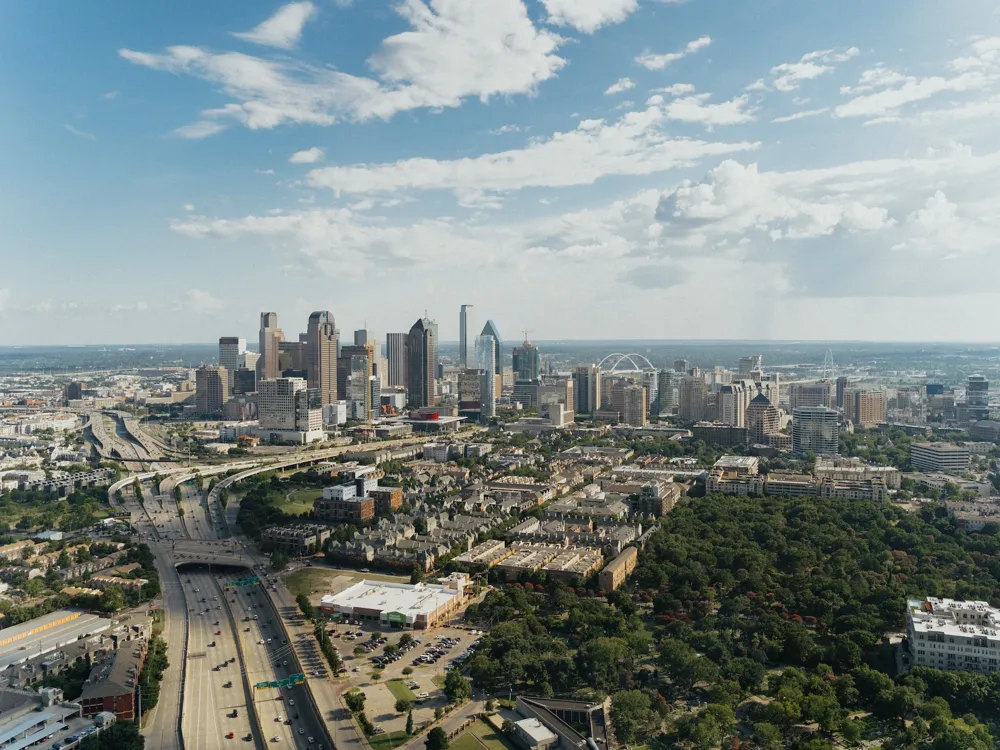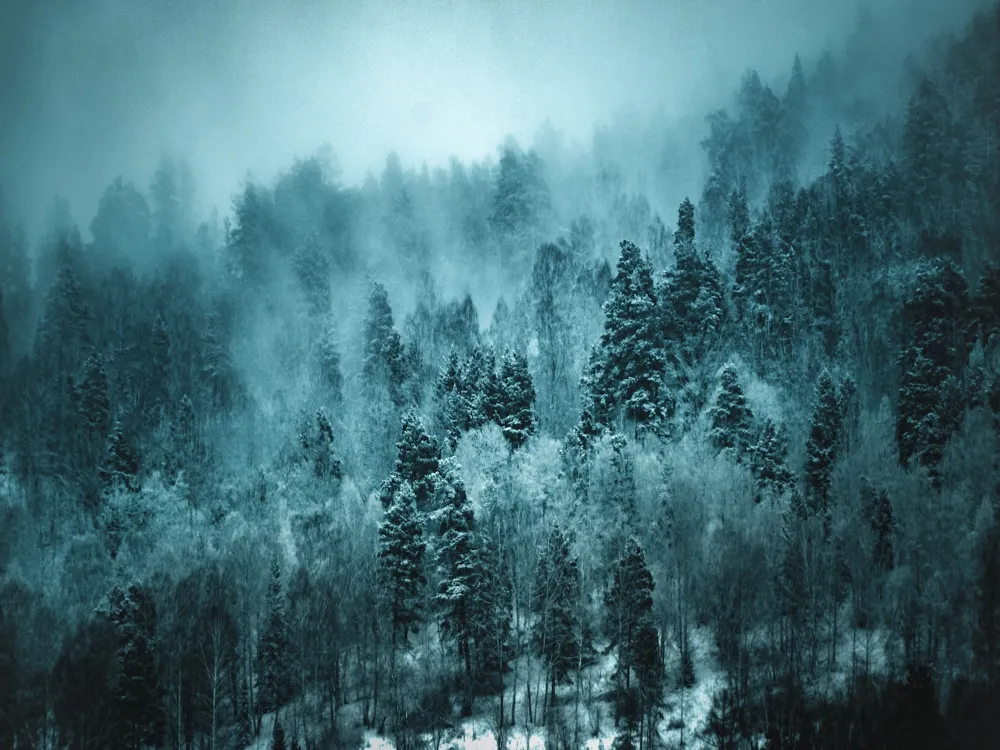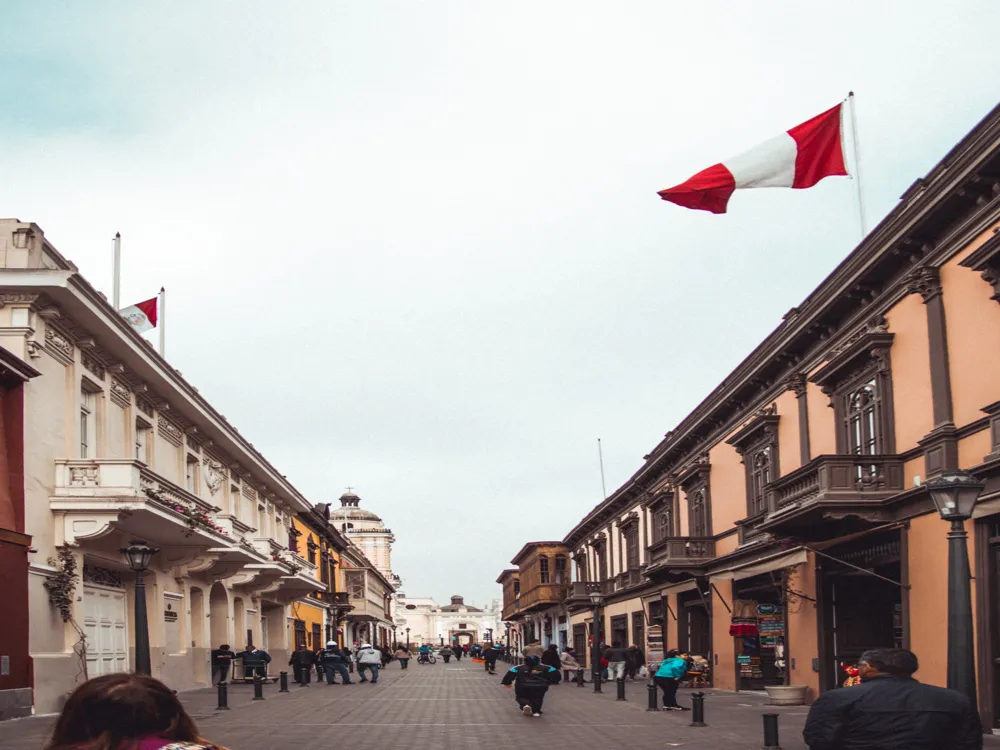Plan Your Travel To Khao Yai National Park
Khao Yai National Park Travel Essentials
Rating:
Weather:
Ideal duration: 2 days
Best Time: November to April Read More
Planning a Trip? Ask Your Question
Places To Visit In Khao Yai National Park
View All Places To Visit In Khao Yai National Park"The Big Mountain"
Khao Yai National Park Tourism
Nestled in the heart of Thailand, Khao Yai National Park stands as a testament to the country's rich biodiversity and natural beauty. Encompassing sprawling landscapes, dense forests, and diverse wildlife, this national park is a haven for nature enthusiasts and adventure seekers alike. Established in 1962 as Thailand's first national park, Khao Yai has evolved into a premier destination that seamlessly blends conservation with tourism.Khao Yai National Park is a UNESCO World Heritage Site and one of Thailand most renowned national parks, located in Nakhon Ratchasima Province. Known for its rich biodiversity, dense forests, and scenic landscapes, Khao Yai offers a captivating blend of nature, wildlife, and outdoor activities.Khao Yai National Park's combination of wildlife, waterfalls, and diverse landscapes makes it a must-visit destination for nature enthusiasts. Whether trekking through the rainforest, admiring waterfalls, or embarking on a night safari, visitors can immerse themselves in the natural wonders of this iconic Thai national park.
A UNESCO World Heritage point, Khao Yai National Park is Thailand's oldest and most visited public demesne established in 1962. It covers more than 2,100 square kilometres. The demesne boasts a lush green geography, rugged mountains with thick timbers, marvellous falls, and fantastic species of catcalls and creatures. Being the third largest demesne in the country, Khao Yai National Park is spread across four homes, including Nakhon Nayok, Saraburi, Prachinburi, and Nakhon Ratchasima. Either way, this demesne also features Khao Rom, which is also the loftiest peak and reaches over 1,300 metres above ocean level. Other than this, the demesne is substantially popular for its fantastic foliage and fauna, pristine falls, and beautiful thunderstorm timber. Callers will get to respect species such as leopards, barracuda , gibbons, bears, mammoths, and numerous others. And they will also get to substantiate over 300 different raspberry species. Trippers from around the world come swarming for its mesmerising hiking trails.
Khao Yai National Park was the first public demesne in Thailand and has global and indigenous significance with its distinct geography of high mountains at the edge of the Northeastern Plateau. These have made the demesne a pivotal milepost and the source of numerous gutters. These, in turn, have generated great biodiversity for both shops and wildlife. The demesne is both a home and an academy for excursionists to come to stay. Callers can learn about conservation and the need for guarding natural coffers, which are" home" for everyone. Khao Yai is no doubt the most stylish public place in Thailand for regular callers, where it's fairly easy to see some emotional creatures. Established in 1962 as Thailand's first public demesne, it's the third largest public demesne in Thailand. positioned substantially in Nakhon Ratchasima Province, Khao Yai extends into Prachinburi, Saraburi, and Nakhon Nayok businesses. The main checkpoint of the demesne is 180 km from Bangkok. The demesne covers an area of 2,168 km2, including rain, evergreen timbers, and champaigns. Khao Rom, 1,351 metres altitudinous, is the loftiest mountain within the demesne. The average altitude of the public demesne ranges from 400 to 1,000 metres. Khao Yai is part of the Dong Phayayen-Khao Yai Forest Complex, a World Heritage Site declared by UNESCO, covering five defended areas from Khao Yai to the Cambodian border. The other defended areas are Pang Sida National Park, Thap Lan National Park, Ta Phraya National Park, and Dong Yai Wildlife Sanctuary. The stormy season is from May to October with high moisture, with the utmost downfall in September. The rest of the time is relatively dry. November to February are the downtime months, with cooler rainfall and average temperatures of 22 °C during the day and 9–10 °C during the night.
Khao Yai National Park Travel Packages
View All Packages For Khao Yai National Park
Must Know Before You Travel to Khao Yai National Park
Thailand Tour Packages Planning a trip to Khao Yai National Park? Here's what you need to know before embarking on your adventure:
- Weather Essentials: Khao Yai experiences a tropical climate, so pack accordingly. Light clothing, sturdy hiking shoes, and rain gear are a must.
- Wildlife Encounters: From elusive elephants to vibrant bird species, Khao Yai is a wildlife enthusiast's paradise. Respect their habitat and observe from a safe distance.
- Entrance Fees: To support conservation efforts, the park charges an entrance fee. Ensure you have the necessary funds, preferably in Thai Baht.
- Accommodation Options: Opt for eco-friendly lodges or resorts within the park for an immersive experience. Booking in advance is advisable, especially during peak seasons.
- Guided Tours: Maximize your visit by joining guided tours led by knowledgeable park rangers. They offer insights into the park's flora, fauna, and conservation initiatives.
Top Hotels In Khao Yai National Park
View All Hotels In Khao Yai National Park
More on Khao Yai National Park Travel
Nightlife in Khao Yai National Park
As the sun sets over Khao Yai, a different kind of magic unfolds. The park's nightlife is marked by the serene sounds of nocturnal creatures. Embark on a guided night safari for a chance to witness elusive species in their natural habitat.
Shopping in Khao Yai National Park
Indulge in local craftsmanship and unique souvenirs at the quaint shops scattered around Khao Yai. From handmade crafts to local delicacies, each item tells a story of the park's vibrant culture.
Exchanging Money in Khao Yai National Park
While some establishments within the park may accept cards, it's advisable to carry Thai Baht for transactions. Currency exchange services are available, ensuring you're well-prepared for your journey.
Daily Budget for Khao Yai National Park
Crafting a daily budget is crucial for a seamless trip. Factor in accommodation, meals, park fees, and any planned activities. This ensures you can fully immerse yourself in the wonders of Khao Yai without financial stress.
History of Khao Yai National Park
Delve into the park's rich history, from its establishment as Thailand's inaugural national park to ongoing conservation efforts. Understanding the historical context enhances the overall experience and appreciation for Khao Yai's significance.
Best Time to Visit Khao Yai National Park
Nearby Places Khao Yai National Park
Browse Package Collections
Browse Hotel Collections
Khao Yai National Park Photos
View All Photos For Khao Yai National ParkFAQs on Khao Yai National Park
What is the best time to visit Khao Yai National Park?
The best time is November to February, offering pleasant weather and increased chances of wildlife sightings.
Are there accommodation options within Khao Yai National Park?
Yes, eco-friendly lodges and resorts are available. Booking in advance is recommended, especially during peak seasons.
What wildlife can be spotted in Khao Yai?
Khao Yai is home to diverse species, including elephants, gibbons, and a variety of birdlife. Guided tours enhance wildlife encounters.
How much is the entrance fee to Khao Yai National Park?
The park charges an entrance fee, payable in Thai Baht. It contributes to conservation efforts and park maintenance.
Can I exchange money within Khao Yai National Park?
Yes, currency exchange services are available. However, it's advisable to carry Thai Baht for seamless transactions within the park.

